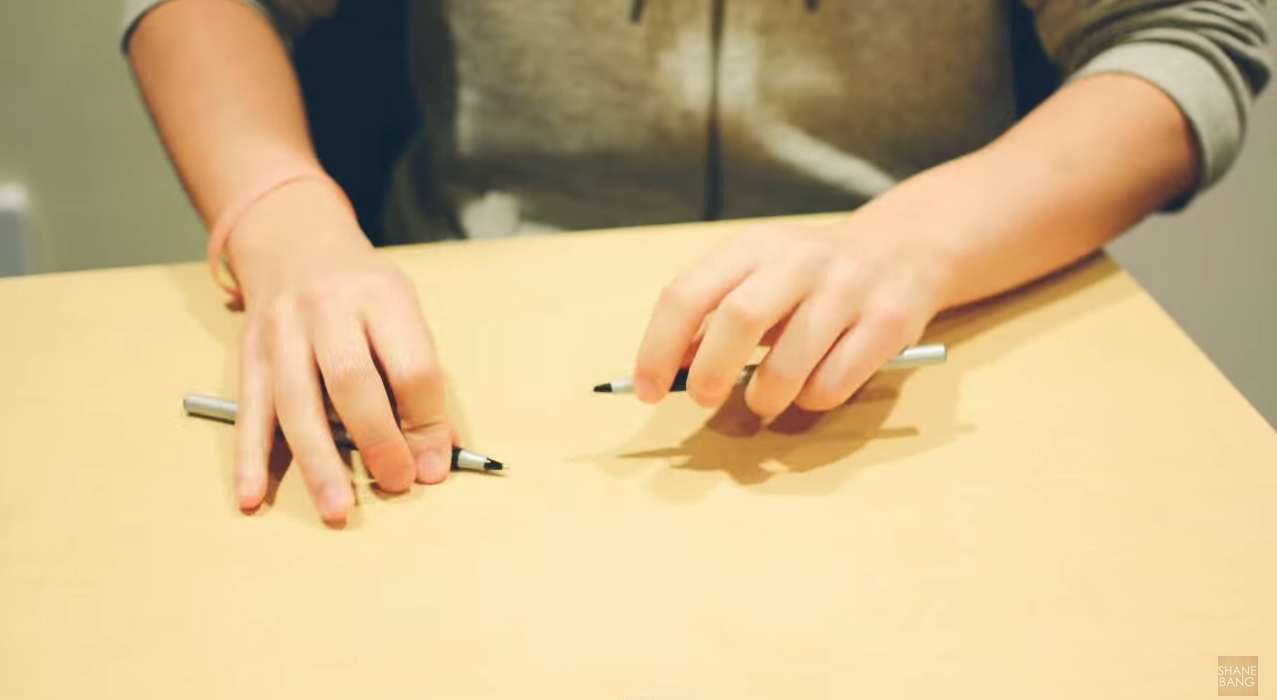by SUNG J. WOO
I grew up in a no-frills apartment in New Jersey, surrounded by a whole lot of whiteness. Mostly this was due to my mother, who was and still is a woman of utilitarian aesthetics. As a child of the Korean War, she didn’t exactly have time to consider the finer things in life, so our walls remained bare save for a few framed family photographs. (I do recall a plaque of some kind hanging in the living room, but that didn’t count because it was an item we sold at our gift shop. In fact, I’m fairly certain we had it there because it was damaged and we couldn’t send it back to the manufacturer.)
I’m not sure exactly when I fell in love with art—paintings, in particular. Possibly it started when I visited the Metropolitan Museum of Art in New York City for the first time. I’d just gotten my driver’s license, so I drove two of my high school friends to the train station and we rode the North Jersey Coast line to the big city. Since the Internet didn’t quite exist back then, I had no idea what the museum even looked like. As we approached the Met on Fifth Avenue, this beige palace with giant pillars, what came to mind was Greek mythology. If Zeus had a house, this would be it.
There was entirely too much to see, so we basically ran around the building. But I slowed down to admire John Singer Sargent’s Madame X, his mysterious woman in black, and took in the controlled splatter of Jackson Pollock’s Autumn Rhythm. I craned my neck at Andy Warhol’s gigantic painting of a smiling Mao against a sky blue background. These works were all so grand and so beautiful, displayed in such contrast to the empty walls of my own home. One day, I said to myself, I’m gonna get me one of these.
That day hasn’t happened and most likely never will, but that’s all right because there are many talented artists out there whose original works don’t require the salary of a Fortune 500 CEO or a winning Powerball ticket. I could opt to buy their signed prints for even less money, but I want the real thing, the one and only thing, even if it makes me a little sad. I know that sounds strange, so let me explain. As a writer, the medium in which my ideas or stories are presented is meaningless, since the printed page or the tablet screen is just a delivery mechanism. The same can be said for musicians, whose voices and instruments flow out of car speakers or headphones. For painters, the medium is their work. They spend countless hours poring over the canvas, and when they’re finished, they have to let their work go, most likely to a total stranger. The intimate relationship between art and artist ultimately ends in permanent separation.
I recently became acquainted with an artist whose work elevates this intimacy onto a whole new level. Her name is Dina Brodsky, and she’s an immigrant like myself, having made her way from Belarus to the U.S. as a child. She’s a realist, a representational artist whose technical mastery is plainly evident. One of her projects is called Cycling Guide to Lilliput, a series that combines an “impractical love of miniatures, and my equally impractical love of long-distance bicycling,” as she describes it. Brodsky’s round landscapes, painted with oil on Plexiglas, are just two inches in diameter—small enough to be held in the palm of my hand.
By nature, there is a gap between the painting and the viewer. We are told time and again that paintings are untouchable (“Stand behind the line; Do not touch!”), further reinforcing the expanse between artist and the audience. By scaling down her scenic vistas into tiny circles that ask to be held and scrutinized in the well of one’s hand, Brodsky draws us into her private world in a way no standard-sized painting ever could. This encounter can feel antiquated, like gazing at an illuminated Bible from the Middle Ages, but also very modern, like staring into our smartphones. I process so much of my life through a five-inch screen nowadays that Brodsky’s miniature paintings feel oddly normal in my hand—but not entirely normal. The more I look, the more I discern the power in the smallness of her brushstrokes, as if she has reduced the very experience of a depicted scene to its most concentrated essence.
Brodsky’s Lilliput series can be seen on Instagram under her username, dinabrodsky. Yet to hold one of her talismanic jewels is to partake in the beauty she experienced on a bike ride somewhere in Europe. The memory is hers, and through the magic of her art, now it is also mine.
This painting and others in the series Cycling Guide to Lilliput, Prologue will be at Island Weiss Gallery (201 East 69th Street, PH-M, New York, NY 10021). The show opens on May 20, 6-9 p.m. and will run through June 20.
___
 Sung J. Woo’s short stories and essays have appeared in The New York Times,McSweeney’s and Hyphen. His debut novel, Everything Asian, won the 2010 Asian Pacific American Librarians Association Youth Literature Award. His second novel, Love Love, is forthcoming from Soft Skull Press in 2015.
Sung J. Woo’s short stories and essays have appeared in The New York Times,McSweeney’s and Hyphen. His debut novel, Everything Asian, won the 2010 Asian Pacific American Librarians Association Youth Literature Award. His second novel, Love Love, is forthcoming from Soft Skull Press in 2015.
This article was published in the April/May 2015 issue of KoreAm. Subscribe today! To purchase a single issue copy of the April/May issue, click the “Buy Now” button below. (U.S. customers only. Expect delivery in 5-7 business days).





